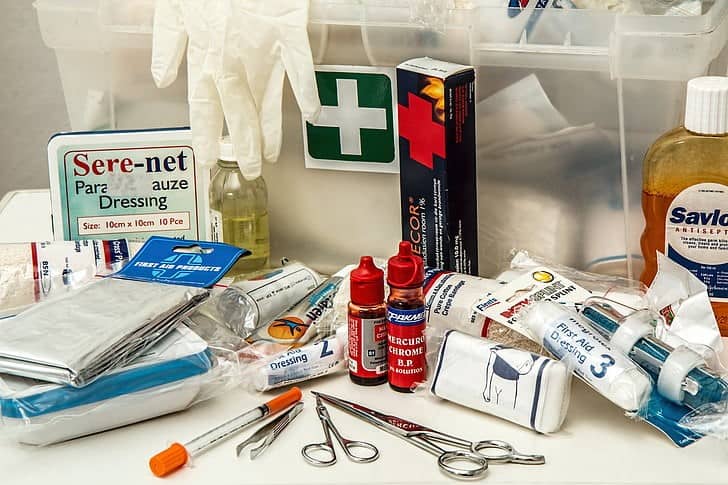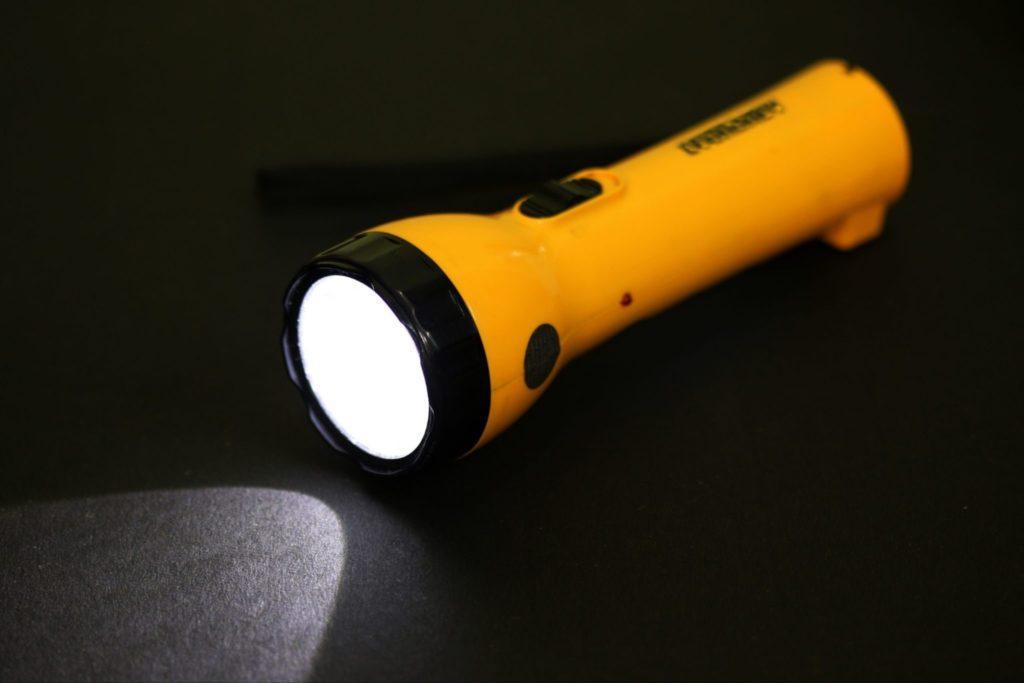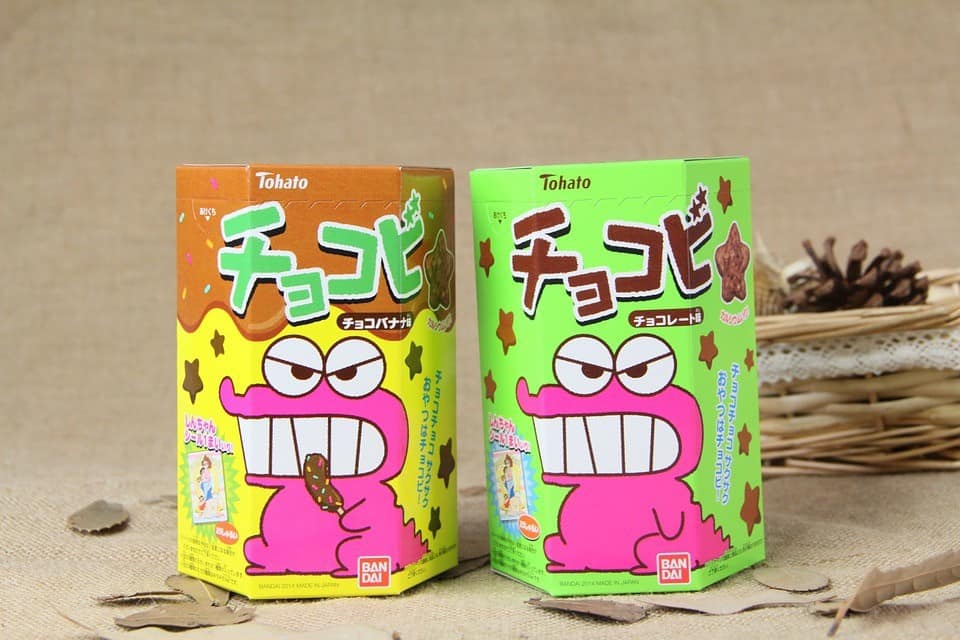Childhood is all about having fun. But it is equally important to be prepared for survival when you are out camping in the wild with your kids. In the worst-case scenario, your kid might get separated from you, and they have to take care of themselves until they are rescued.
During any disaster or emergency, the first 72 hours are the most critical phase for survival. Even if you are there to take care of your kids, it’s better to teach them a few survival skills beforehand. In this context, building an emergency survival kit for your child is a good place to start.
The Kids Survival Kit

Although you can’t control when or where the disaster may occur, you can always control how well you and your family respond to such a situation. Children are more vulnerable than adults. Therefore, you should make a separate survival kit for them.
The child’s survival kit is no different from an adult’s. The basics are the same. Since children have unique physical and psychological needs, you need to personalise the kit to some extent. It also depends on the age and interests of the child. The kid’s survival kit is usually designed for children from the 7-12 years.
What To Include In A Child’s Survival Kit?
Unless your child wants to be like Bear Grylls, keep the kit simple. The checklist of items to include in the survival kit depends on the time and place of the survival situation. You should always include all the food, shelter, clothing, signalling, and first aid items regardless of the scenario. Once you have the basics sorted out, you can customise the rest of the items as required.
Checklist Of Basic Survival Items
Let’s look at what your kids need to build their survival kit.
1. Firestarter
Fire is the greatest invention of human civilisation. When you are out there camping, neither you nor your child will have the privilege of starting a fire just by turning the knob of a stove. This is where a firestarter comes in handy.
In our experience, Gerber Bear Grylls Firestarter is probably the best. It is very easy to ignite a fire with this survival kit. Kids will love it. They can hang it around their neck with its lanyard so that they never lose it. Plus, it comes with a whistle.
Teach your kids to put out the fire once they are done with it to avoid blazing the entire forest.
2. Torch Light

Most kids are afraid of the dark. It can be a terrifying experience, especially if they are lost and alone in the wilderness. Having a torchlight will provide them with comfort to make it safely through the night. If they get lost, they can also use its ray to signal the search and rescue team.
Headlamps that can be strapped around the head are more convenient as they keep the hands free for other tasks. Pack in some durable batteries as a backup.
3. Glow Sticks
Glow sticks are not only meant to be used in concerts. They are waterproof and do not require a battery and most of them run for as long as 24 hours. Just bend it, and voilà! It can also be used to give your location to the rescuers.
4. Emergency Whistle
Instead of shouting at the top of their lungs and wasting valuable energy, you kids can send signals for help with an emergency whistle. Even the grown-ups need this survival kit. Go for a louder model so that its sound does not just vanish in the woods.
5. Hand Warmers
Winters can be harsh on children. They may be exposed to the risks of hypothermia if you don’t equip them with the right survival kit. You can’t always have a fire burning around your camp to keep your kids warm. Therefore, tuck some good-quality hand warmers in your kid’s backpack.
6. First Aid Kit
A first aid kit box is a must-have survival item for kids and adults. It is even more important when going off the grid with your family. It does not have to be elaborate. It contains all the necessary items like bandages, tweezers, disinfectants, and sanitisers. Put some anti-cough drops or lozenges as well. Give your kids a hands-on experience using the first aid kit before leaving for the adventure.
7. Ziploc Bag
Ziploc bags are necessary to keep your stuff (such as matchsticks, medicines, and mobile phones) safe and dry. They are lightweight items and can be used to carry water which is basic to our survival.
8. Food Items

Hunger and survival do not go well together. Kids are unable to respond properly when they suffer from hunger. You won’t be able to organise a buffet for them, but a couple or three energy bars will satisfy them for a while. You can also pack some ready-to-eat snacks for them.
However, kids don’t know when to stop with food. Therefore, teach them to consume in moderation and not all at once.
9. Water Filter
Human beings can survive up to three weeks without food, but they can’t last for more than three days without water. Staying hydrated is very important for a survival situation. But that does not mean you can allow your kid to drink water from anywhere.
Give your child a brief demo of how they can use water filters to make the water clean and safe for drinking. Carry some chlorine tablets or drops to use as a water disinfectant. Opt for a collapsible water bottle that takes less space in the bag.
10. Duct Tape
Duct tape is one of the most versatile survival items you will ever use. It is generally used for repairs. It is so tough and reliable that you can put different stuff together and build a shelter. Kids might find it a bit difficult to use it. Show them how to peel and tear it efficiently, and its potential uses. Since kids are more creative than adults, they will use it to make something useful.
11. Compass
Most of us get stuck in the maze of wilderness because of the inability to find the right direction. Having a compass solves that problem by helping you with navigation. It does not have to be a sophisticated, military-grade compass. A simple but good quality model will do the job of helping your kid to find their way out.
Take time to teach your child something about navigation so that they can put the knowledge to actual use. If possible, slip in a local map of the area you are camping in their bag.
12. Rain Poncho
If you are predicting a downpour, get some disposable rain ponchos to keep yourself and your whole family dry. It does not have to be fancy and cool. You can even use a garbage bag as a poncho by poking a hole in its bottom. Show them how it can be used to build a makeshift shelter.
13. Watch
It’s easy to lose track of time when your kids are having fun outdoors. But for survival, everything has to be on schedule. You can’t afford to waste time necessarily. Go for the one with indigo light that glows up during the night. You can even figure out the north direction using an analog model.
14. Binoculars

Although not exclusively for survival purposes, binoculars can be a cool gadget to keep the kids engaged and occupied for hours. A set of night vision devices is useful if your child is interested in nighttime observation. However, don’t take it unless you need it, as it might add weight to your backpack.
Final Thoughts
You may be tempted to include all the items in the survival kit, but you have to consider your child’s comfort at the same time. Since your child will be carrying their survival kit, packing unnecessary stuff might overload the backpack, doing more harm than good. Make a habit of checking the items for their expiry dates and replacing the damaged items with new ones.
Putting together an emergency survival kit for kids is just the first half of the job. The other more important half is to know how to use it. Use every opportunity to let your child get acquainted with all the items in the survival kit. Share your practical knowledge and experience with them. Consider enrolling your children into local survival workshops or camping where they can learn necessary skills with other kids of the same age.
It is dangerous, but you should not let it stop your children from exploring nature. With the right survival kit and skills, they will eventually learn to adapt themselves in any emergency. The bottom line is to have fun while staying safe.
